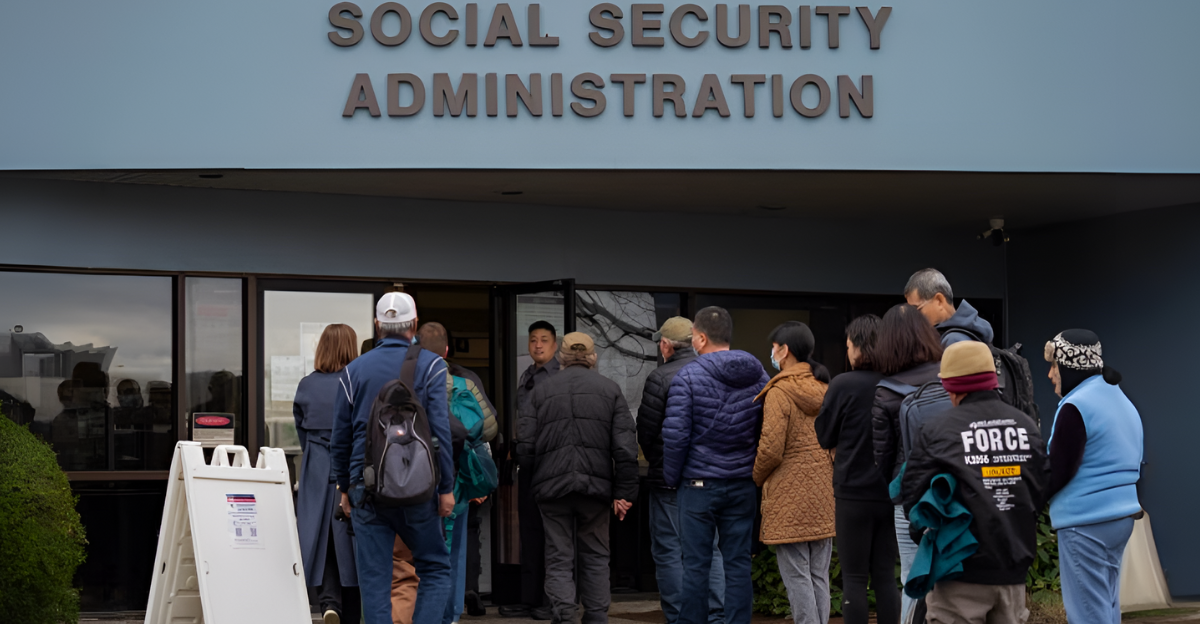
Across America, retirees woke up to unsettling headlines that Social Security, long considered the bedrock of retirement, is under pressure like never before. Delays, reduced staffing, and looming benefit cuts create real anxiety in households that depend on monthly checks. For many older Americans, the fear is not abstract; it’s personal.
Will the money they earned over a lifetime be there when they need it most? The National Institute on Retirement Security notes that two-thirds of retirees rely on Social Security for at least half their income. Instability in the program doesn’t just mean financial stress; it reshapes lives.
System at the Breaking Point
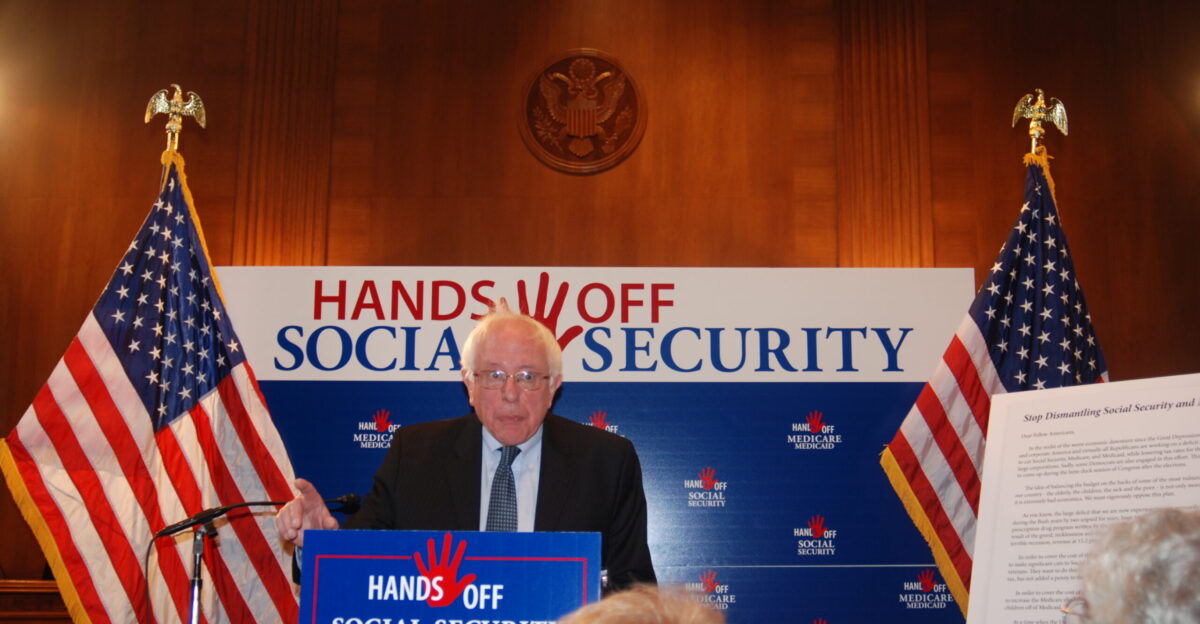
Social Security’s trust fund has been slowly draining for years. According to the Social Security Board of Trustees, reserves will run out by 2033. At that point, benefits would be automatically cut by nearly a quarter, slashing thousands of dollars from household budgets.
The impact wouldn’t stop at bank accounts. A sudden drop would mean skipped doctor visits, fewer groceries, or even missed rent payments. What once felt like the nation’s most reliable promise is now uncertain. Millions of seniors living on modest means wonder how they will manage daily.
From Surplus to Shortfall
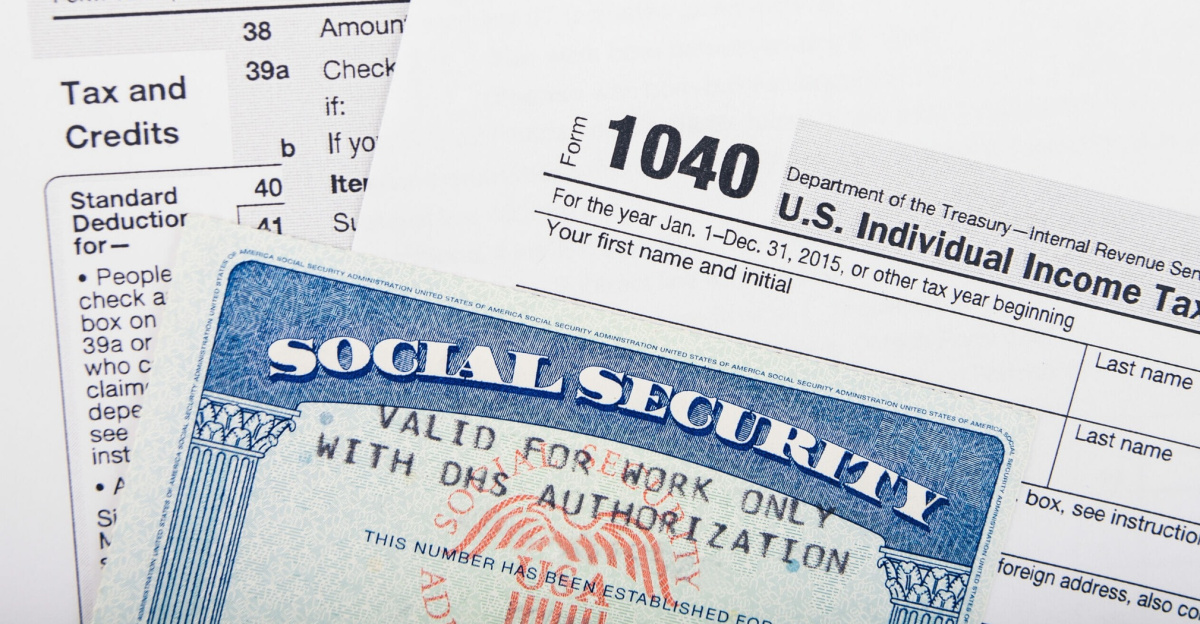
For decades, Social Security was the nation’s most dependable safety net. In earlier years, strong worker-to-retiree ratios meant payroll taxes easily covered benefits. Today, the balance has flipped. Fewer workers support more retirees, and Americans live longer, drawing checks for additional years. The Trustees reported that since 2021, the system has consistently paid out more than it collects.
Gridlock in Washington has only compounded the strain. What might sound like accounting details is, in reality, deeply personal. The difference between surplus and shortfall for retirees could decide whether they maintain independence or fall into poverty.
Nearly Every State Feels the Pinch
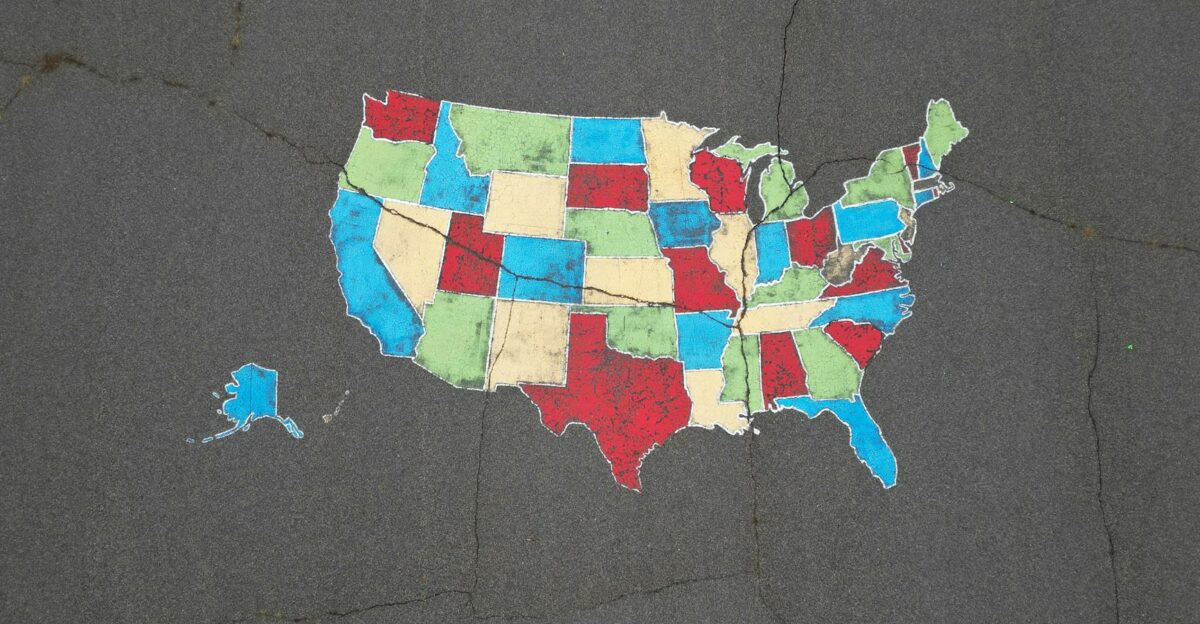
Retirees across forty-six states are experiencing the effects of shrinking Social Security resources. Only Alaska and Nebraska reported staffing increases in recent years, while most states faced reductions. According to agency data, office cutbacks in Wyoming, Montana, and West Virginia exceeded ten percent.
This translates to longer wait times, fewer in-person services, and mounting frustration in cities and small towns. Seniors accustomed to reliable help at local offices now face hurdles in resolving routine issues. The program may be national, but the impacts are felt most sharply in local communities with limited access.
The Field Office Crisis

Thousands of employees handle claims, process appeals, and answer urgent questions behind every Social Security check. In 2024, a directive reduced field office staffing by more than twelve percent, leaving offices understaffed and creating heavy backlogs. Retirees now wait weeks—or even months—for help that used to come quickly. For rural areas with few offices, the loss is especially pronounced.
Where once retirees could count on a personal connection, they now face closed doors or unanswered phones. Under these cuts, the human side of Social Security, its accessibility and responsiveness, is becoming increasingly strained.
Delays Equal Anxiety

Waiting for benefits has become its own source of stress. Retirees describe calling for hours without an answer or waiting months to resolve simple issues. Jessica LaPointe of the American Federation of Government Employees told The Washington Post, “When it takes too long to get your benefits after you file, you’re going months without needed income you paid for your whole life.”
For seniors who depend on each check to pay bills, these delays are more than inconvenient; they are destabilizing. The uncertainty makes everyday budgeting nearly impossible, especially for those without savings to fall back on.
Vulnerable Communities Hit Hardest

Rural, tribal, and underserved communities face special challenges. Many areas lack consistent internet access, leaving retirees unable to rely on online services. For them, in-person help is not a convenience but a necessity. Staff reductions mean driving hours to the nearest office, only to face long lines or closures.
Advocates for older Americans warn that the hardest-hit populations are already those most financially vulnerable. Cuts don’t affect everyone equally; they create new barriers for groups that can least afford them. For these retirees, the risk is not only delayed service but deepened inequality in retirement security.
What a Cut Really Means

Imagine a retired couple suddenly losing more than eighteen thousand dollars a year in benefits. That’s the reality of a twenty-four percent reduction, the projected level if Congress fails to act. For a single retiree, the annual loss could exceed six thousand dollars. While wealthier seniors would lose more in absolute dollars, the impact on low-income retirees would be devastating.
For many, it could determine whether they can afford housing, medication, and food. These aren’t abstract figures; they represent life-changing losses that could push vulnerable seniors into poverty almost overnight.
The Risk of Rising Poverty
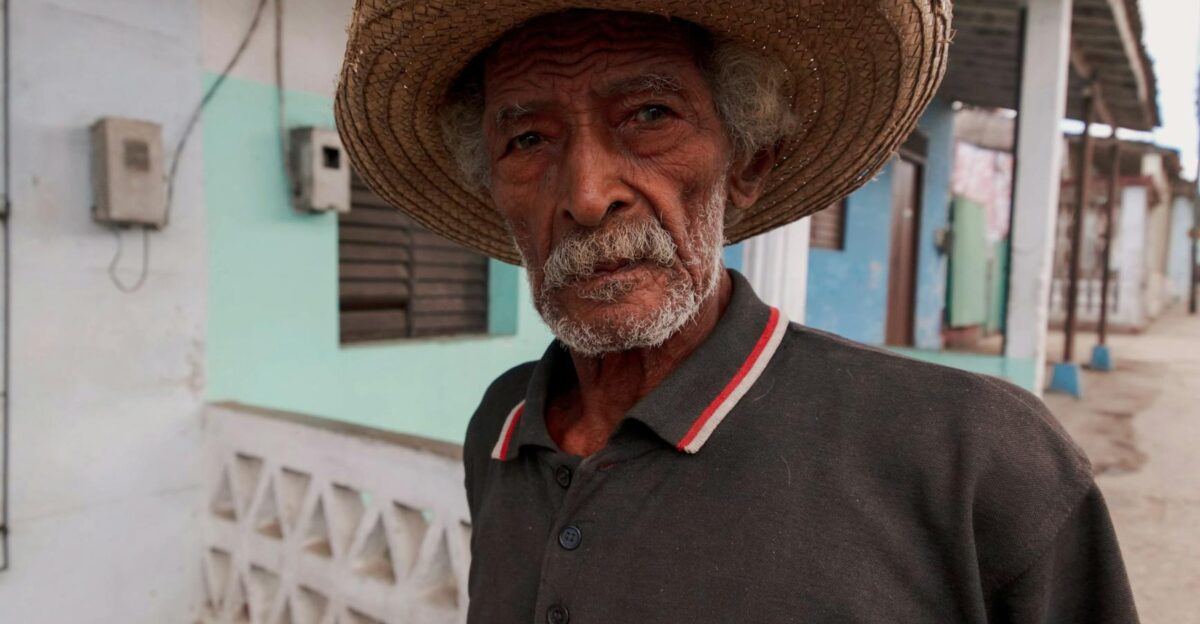
Analysts at the Center on Budget and Policy Priorities warn that across-the-board Social Security cuts could nearly double senior poverty nationwide. The consequences are stark. Retirees already living paycheck to paycheck would be forced to cut essentials like groceries, heating, or medical care.
The burden falls hardest on women, who statistically live longer, and on Black and Latino seniors, who often retire with fewer assets. A reduction in benefits means fewer safety nets and more difficult trade-offs. The debate isn’t just about fiscal math but whether millions of older Americans can live with dignity in retirement.
Stories from the Waiting Room

The strain of cuts shows up in small, telling stories. In Pennsylvania, one retiree told NPR he waited three months for a routine benefit adjustment. “They tell you to go online … my town loses internet every storm,” he explained. In New Mexico, a couple drove hours to the nearest office, only to find it had closed early due to staff shortages.
Such stories illustrate how abstract budgetary shifts translate into daily frustration. For retirees, delays aren’t a minor inconvenience; they can mean unpaid bills, missed rent, or the stress of wondering if a check will arrive in time.
Administrative Cuts vs Direct Cuts

Not all reductions appear as smaller checks. Administrative cutbacks are quietly reshaping access to benefits. A 2025 national survey found that more than forty percent of older Americans reported mistakes, delays, or missed payments. For seniors relying on each deposit, a denied claim or late payment can be as damaging as an official cut.
Missed checks mean skipped medications or bills that pile up. As staffing and resources shrink, errors increase. For millions, the practical effect is the same as a benefit reduction, creating uncertainty where there should be stability. The system feels less reliable with each passing year.
The Political Debate

The future of Social Security is caught in political crossfire. President Donald Trump promised “not to cut one cent,” yet his administration oversaw staffing reductions that left the system slower and less responsive. Congress remains deeply divided, with proposals stalled in committee. Meanwhile, public anxiety grows.
A Harris/NerdWallet poll found that sixty-one percent of adults believe benefit cuts are inevitable. This disconnect between political rhetoric and lived reality fuels frustration. Trust in the system is fragile, and each round of political gridlock leaves retirees wondering whether promises will be kept when it matters most.
Possible Paths Forward

Policy experts are divided on the best fix. Some advocate raising payroll taxes on higher earners, while others suggest gradually increasing the retirement age. Another camp argues for direct funding boosts from Congress to stabilize the system in the short term. Each proposal carries trade-offs, touching on generational fairness, economic growth, and the political appetite for reform.
No single solution satisfies everyone, but experts agree that delay makes options more complicated and more painful. With millions of Americans depending on Social Security, half-measures won’t suffice. The conversation must shift from promises to tangible, actionable solutions.
The Retirement Age Question

One commonly discussed reform is raising the retirement age beyond sixty-seven. Proponents say it reflects increased life expectancy. Critics argue it unfairly impacts lower-income workers and those in physically demanding jobs. Labor economists note that wealthier Americans tend to live longer and are more able to work into older age, while poorer workers often cannot.
For many, being forced to stay in the workforce an extra year or two could mean working through illness or physical pain. The policy debate, therefore, is about more than numbers—it’s about fairness and health equity in retirement.
Tax Relief, But Not Enough

Recent legislation brought some relief by ensuring that nearly ninety percent of retirees will not owe federal taxes on their Social Security checks for middle- and lower-income seniors, translating into modest savings. However, experts caution that while this is welcome news, it does nothing to address the looming shortfall in the trust fund.
A tax break can ease immediate strain, but cannot offset the massive funding gap projected within the next decade. Retirees may enjoy slight relief today, yet the system’s long-term stability remains an urgent, unresolved question.
Healthcare Caught in the Crossfire

Social Security and Medicare are deeply connected, meaning benefit reductions could cut into healthcare. The American Hospital Association has warned that Medicare reimbursement rates could fall by more than ten percent if funding shrinks. That would strain hospitals and limit access for retirees.
Seniors with chronic illnesses or costly treatments would feel the impact most. A smaller Social Security check and higher out-of-pocket medical expenses create a dangerous double bind. The security retirees expected in income and healthcare is increasingly at risk, raising fears about aging with dignity and health intact.
How Families Are Responding

With uncertainty growing, families are preparing. Some retirees are reentering the workforce, if health allows, often taking part-time jobs to supplement shrinking benefits. Adult children budget to help parents financially or plan to provide housing. Financial advisers encourage building savings, but many seniors say rising living costs leave little to set aside.
Instead, families are tightening budgets, sharing resources, and bracing for the unknown. This period of uncertainty has created resilience in some households, but the adjustments also reveal how deeply Social Security cuts ripple through generations, reshaping family dynamics and future planning.
The Emotional Toll
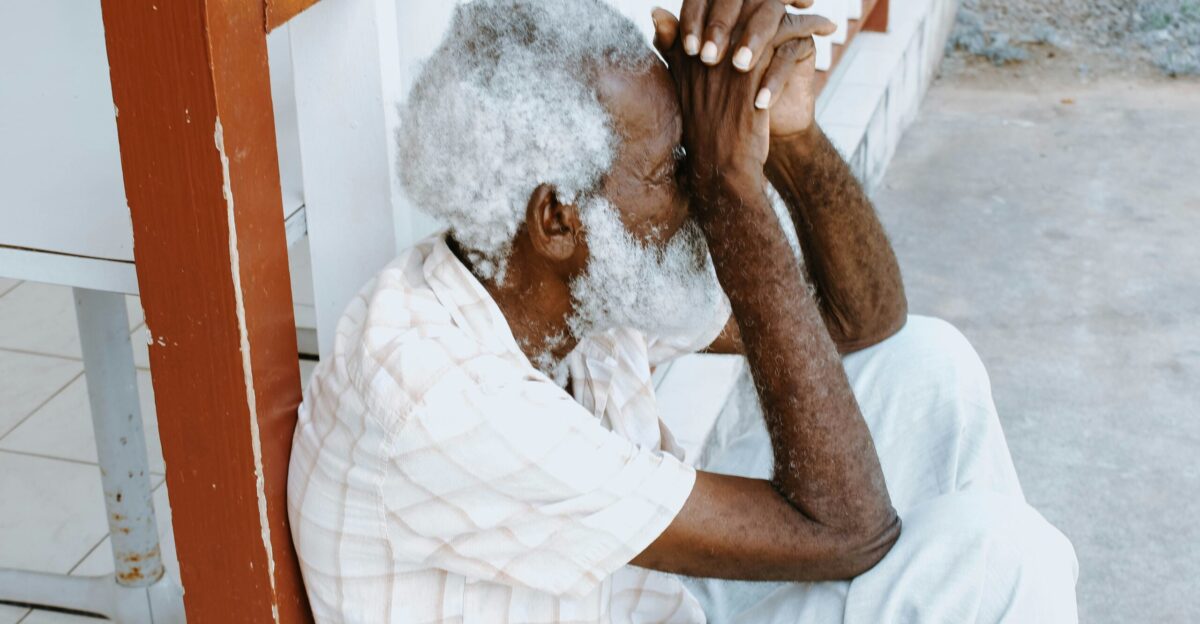
For many retirees, the threat of Social Security cuts feels like more than a financial setback; it’s a broken promise. “We paid in, planned, we trusted,” one Tennessee retiree told The Associated Press. The emotional toll is tied to dignity and fairness. After decades of work, the possibility of losing stability raises anger, sadness, and fear.
Experts say the stress can even harm health, compounding the financial strain with physical consequences. The debate is no longer just about money. It’s about the sense of security Americans believed they earned and whether that trust will be honored.
Can Washington Step Up

Most analysts believe Congress will not allow across-the-board cuts to proceed, given Social Security’s broad popularity. Still, the longer lawmakers wait, the fewer options remain. Proposals grow more painful with each passing year of inaction. Bipartisan compromise is possible, but gridlock has repeatedly stalled progress.
Retirees are not asking for miracles; they are asking for clarity, honesty, and leadership. Until real legislation emerges, millions remain stuck in a cycle of speculation and fear. What hangs in the balance is not just income, but faith in the nation’s ability to keep its word to working Americans.
The Stakes for a Nation
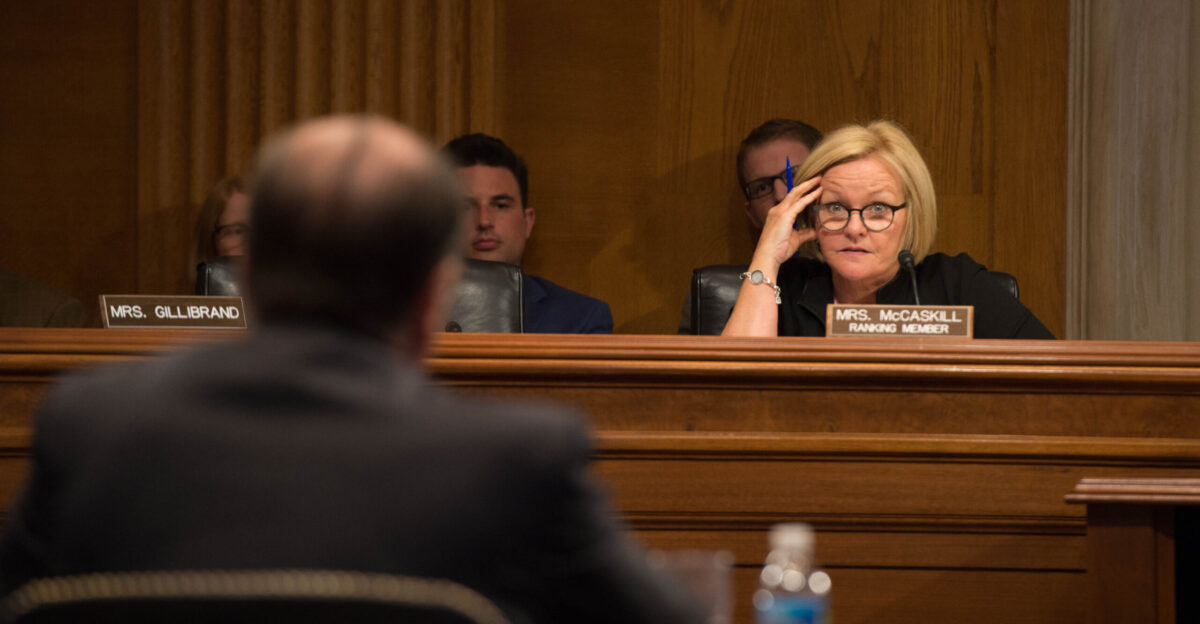
The future of retirement in America is on the line. Social Security is more than a budget line; it is a promise woven into the country’s social fabric. It has defined aging with dignity for generations, but now that promise faces its most serious test.
Will lawmakers protect the vulnerable, or allow the burden to fall on those least able to bear it? Behind every headline are millions of families who rely on this system for survival. The decisions made in Washington in the coming years will shape retirement for decades to come.